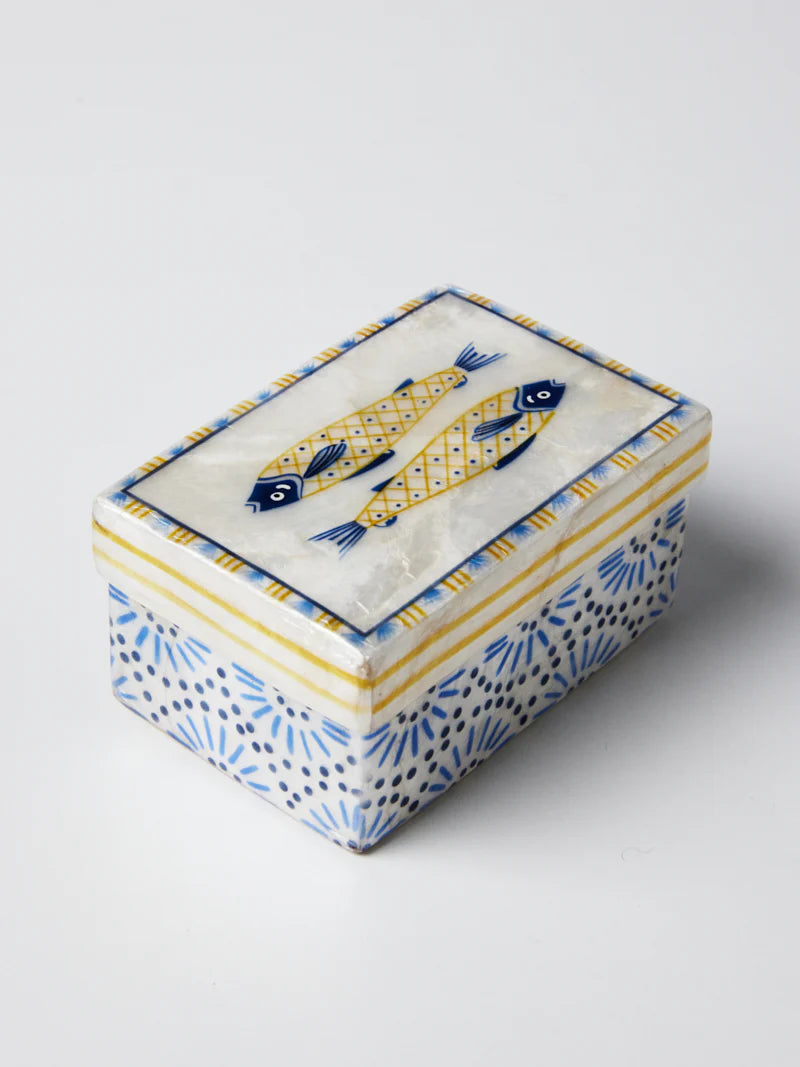When you’re dreaming of launching a line of chic homeware hampers, the first step that often feels like a maze is figuring out how to comply with import regulations for homeware hamper products. It’s a task that can feel as tangled as the cords in a new power strip, but with the right map, you can navigate it smoothly—and even enjoy the journey a little.
Understanding the Basics of Import Compliance
Before you can ship your stylish hampers across borders, you need a solid grasp of homewares gift hampers the regulatory landscape. Think of it as learning the alphabet before you start writing a novel. Without the fundamentals, the story (or your product) will never reach its audience.
Key Regulatory Bodies and Their Roles
- U.S. Customs and Border Protection (CBP) – Handles clearance and ensures goods meet U.S. safety standards. Food and Drug Administration (FDA) – Oversees any food or cosmetic items that might be included in a hamper. Department of Agriculture (USDA) – Sets rules for any organic or agricultural components. International Trade Administration (ITA) – Provides guidance on trade agreements that can affect tariffs.
Knowing which agency governs each component of your hamper helps you avoid surprises at the border.

The Importance of Harmonized System (HS) Codes
HS codes are like the fingerprints of your product. They determine duty rates, eligibility for duty-free status, and whether additional permits are required. For homeware hampers, you’ll likely use a code in the 6303 series (handcrafted or woven baskets), but always double‑check the sub‑category that best fits your design.
Step‑by‑Step Guide to Compliance
A systematic approach turns a daunting process into a series of manageable tasks. Let’s break it down.
1. Classify Your Product Accurately
- Identify the main material (e.g., wicker, bamboo, fabric). Determine if the hamper contains any food items, fragrances, or cosmetics. Assign the correct HS code and tariff classification.
2. Verify Material Safety Standards
- Bamboo & Wood – Must meet the U.S. Forest Products Agency (FPA) guidelines for treated wood. Fabric & Textiles – Check for compliance with the Consumer Product Safety Commission (CPSC) regulations on flammability. Non‑food Additives – Ensure any dyes or finishes are FDA‑approved if the hamper will contact skin or food.
3. Secure the Necessary Documentation
- Commercial Invoice – Must detail value, country of origin, and HS code. Packing List – Helps customs officers quickly assess the shipment. Certificate of Origin – Confirms where the hamper was manufactured, which can affect tariff rates. Import Licenses – Required if the hamper includes restricted items like certain natural dyes.
4. Understand and Apply Trade Agreements
If your hampers are made in Mexico, the United States-Mexico-Canada Agreement (USMCA) may offer reduced tariffs. Similarly, the European Union’s trade agreements can influence homewares hampers duty rates for European manufacturers. Check the latest agreements to see if you qualify for preferential treatment.
5. Prepare for Inspection and Testing
- Random Sampling – Customs may inspect a random sample of your shipment. Third‑Party Testing – For certain materials, a certified lab may need to verify compliance with safety standards.
6. Plan Your Logistics and Shipping
- Choose a reliable freight forwarder familiar with homeware products. Opt for a shipment method that balances cost and speed—air freight for quick delivery, sea freight for bulk orders. Ensure your packaging protects the hamper from damage during transit.
Common Pitfalls and How to Avoid Them
Even seasoned importers stumble over these obstacles. Here’s a quick checklist to keep your hamper on the right track.
- Misclassifying HS Codes – Leads to incorrect duties and potential penalties. Ignoring Material Restrictions – Certain woods or dyes are prohibited in specific markets. Failing to Update Documentation – Regulations change; stale paperwork can trigger delays. Underestimating Inspection Frequency – A single missed compliance point can halt an entire shipment.
Remember, “An ounce of prevention is worth a pound of cure.” (Benjamin Franklin)

Real‑World Anecdote: The Case of the “Sassy Bamboo Hamper”
A small boutique in Portland once shipped a line of bamboo hampers to Canada. They forgot to update their Certificate of Origin to reflect the new Canadian trade agreement, which meant the shipment was stuck at the border for two days. When the clerk asked for the missing document, the owner sighed, “I thought we were all set—talk about a bamboo boom!” That hiccup cost the boutique a week’s worth of sales. Lesson learned: double‑check every document, especially when trade agreements change.
Frequently Asked Questions
- Do I need a separate license for each country?
Not always. Many countries allow a single import license if the product meets their standards. Check each country’s regulations.
- What if my hamper contains a small food item?
Food items fall under FDA jurisdiction. You’ll need to comply with FDA labeling and safety requirements, and possibly obtain a Food Import Permit.
- Can I self‑verify compliance, or do I need a consultant?
Small businesses often self‑verify, but hiring a customs broker can reduce risk and speed up clearance.
The Perfect Gift Awaits: Bringing Your Hamper to Market
Now that you know how to comply with import regulations for homeware hamper products, the next step is to focus on design, marketing, and customer experience. Think of your hamper as a story: the material is the plot, the packaging is the cover, and the customer’s delight is the climax.
- Craft a compelling brand narrative that highlights sustainability, craftsmanship, and the joy of gifting. Use high‑quality imagery to showcase the hamper’s texture and versatility. Offer customization options—personalized monograms or themed accessories—to create a unique experience.
By combining regulatory compliance with thoughtful branding, you’ll not only avoid costly delays but also build a loyal customer base that appreciates the care you put into every hamper.
---
Ready to take your homeware hampers beyond borders? Start by verifying your HS codes, gather the right documentation, and choose a freight partner who knows the terrain. The path may seem winding, but with the right preparation, your hampers will arrive in style—no detours needed.